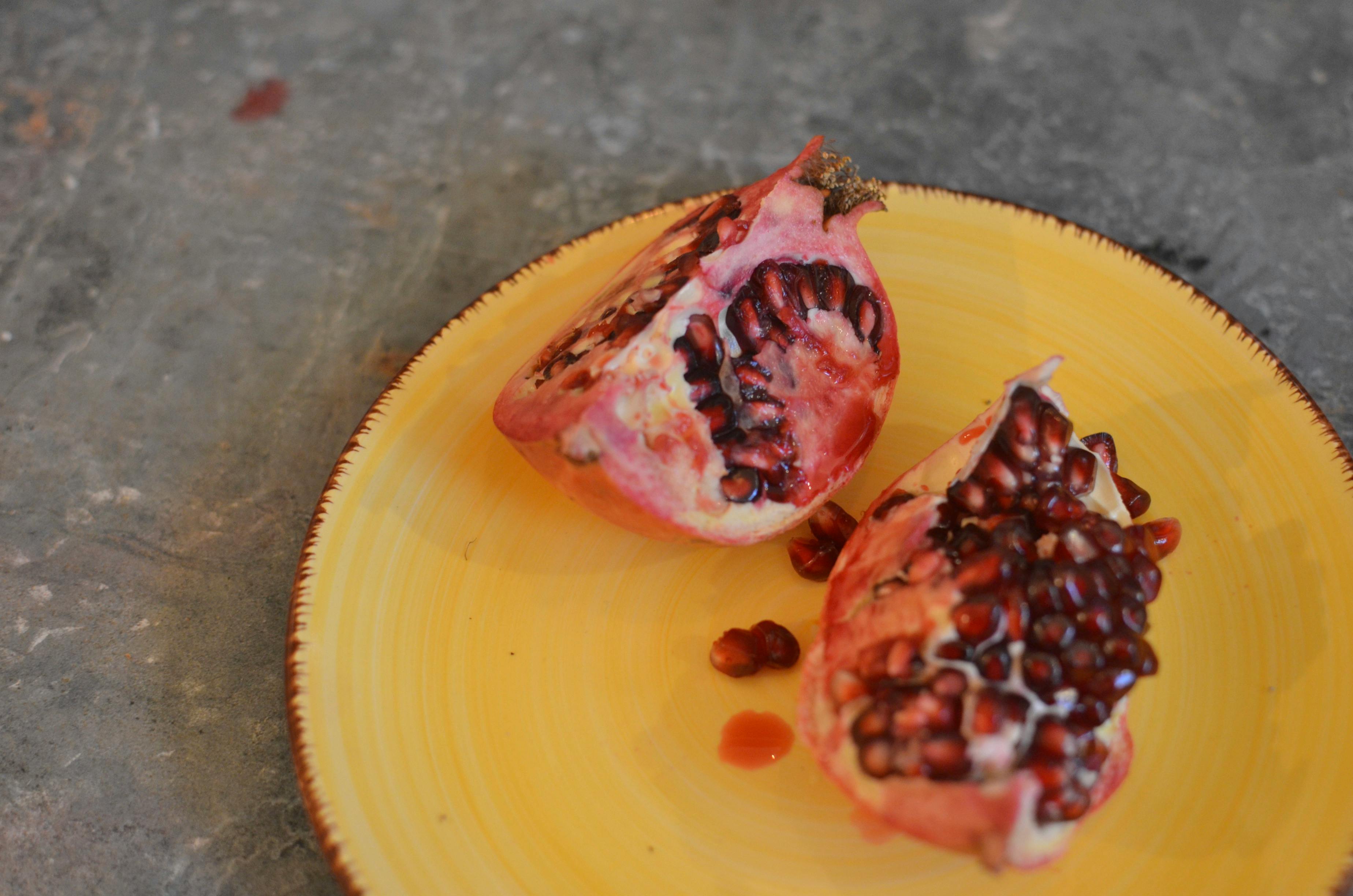
What is contemporary design?
The term contemporary design is quite subjective. Depending on the topic in question, the word contemporary can mean different things to different people. Often confused with modern style, when thinking of contemporary in relation to décor, some see it as stark and cold, while others rave about the energy that clean lines create.
As with all styles of décor, whether it’s your home, your workplace, an office, or a store, being represented by contemporary décor can speak volumes and set people’s expectations. For example: If you are in a waiting room on the ground floor of a high-rise office block and the style of the area is considered contemporary, with its light colours, lack of clutter and airy demeanor, you will not be forgiven for thinking that the company you are about to join is modern, forward thinking, fresh and organized.
The definition of contemporary according to the Collins English Dictionary:
Contemporary: Definitions
adjective
1. belonging to the same age; living or occurring in the same time period
2. existing or occurring at the present time
3. in accordance with modern or current ideas in style, fashion, design, etc.
4. be about the same age as everyone else
From this we can deduce that the term contemporary design is about the here and now. It certainly can’t get more modern than that, but modern design isn’t necessarily contemporary. Modern fashions and designs can dictate the use of multiple colors, fabrics, patterns and materials, with antiques crammed into every available space, spaces that embrace this would look like modern design. Modern design is what’s hot right now, whatever it is. While contemporary design is more specific and focuses on 3 main areas; color, lines and simplicity.
1.Colour:
A contemporary color palette is mostly made up of shades of black and white, or at least cool neutrals. For this reason, many consider contemporary spaces as ‘white boxes’, blank canvases, cold and without personality. But in fact, the palette is not as limited as it seems at first glance. Although the foundation of this style is clean, light colors, it’s not unusual for interior designers to add vibrant pops of color throughout a space, for example by using bold block colors for accent walls, for specific furnishings, or with a piece of art. striking art. A kitchen with stark white walls soon comes to life when postbox red wall units are added, or a cream living room soon bursts with energy when throw pillows strewn with lime green are added; Contemporary, but definitely not a white box.
The use of light is also important within a contemporary space. Maximizing the amount of natural light in the space, creating a clean, light and bright room is an important aspect of this type of design. Mirrors are often used to help with this, specifically, simple glass-framed mirrors that reflect not only natural light but also the vibrancy of light block color walls. Plain glass mirrors work well as part of this decor as they are non-intrusive and non-cluttering as they almost blend in with the wall they are hung on.
2. Lines:
A contemporary room usually contains clean lines, but what does this really mean?
Simply put, if you step back and look at a contemporary space, you’ll see a lot of straight horizontal lines created by the lines of furniture within the room. This is not to say that everything in the room should be square or have sharp corners, as there is a place for some curves within this type of décor, but most are generally simple, flat-shaped, colored furniture.
Furniture used in contemporary decor often uses modern materials like plastics, synthetic fabrics, high-gloss veneer finishes, glass, and other man-made pieces rather than more natural materials like wood or wool.
There are no embellishments or exaggerated patterns, the edges are straight and simple and this is why modern designs slip in place of more traditional pieces. You are unlikely to find any antiques in that space as the furniture has historically been more elaborate, with fine details. That’s not to say that modern furniture lacks effort, design, or cost; it simply means that more modern methods have been used to create smooth, blemish-free finishes. For example; A contemporary chest of drawers is likely to have a symmetrical shape, with square edges. It would be in a block color and would be glossy or high gloss and smooth to the touch. Drawers may or may not have handles. If the handles are in place they would be very plain and simple, but the drawers will most likely use touch technology or have a simple cutout space for the hand to open the drawer.
3. Simplicity:
Sometimes referred to as minimalist or clean, the simplicity of contemporary decor is what makes it so appealing and often defines this decorating style. With clear sideboards, free of clutter. To achieve this look everything tends to need a home. It is this element that screams organized and tidy. A contemporary room doesn’t have to mean that the space is empty or unlived in, just that it has good storage and things are put away and in their place.
There are no or very limited embellishments in a contemporary room and if there is, it is likely to be used as a focal point; one bright color and again simple in form/design.
Therefore, contemporary decoration is in the here and now. It uses modern technology and is up to date. Due to the lack of antiques, contemporary furniture tends to look new and clean without any age. That’s why people trying to sell a property embrace this sense of design; after all, it creates the illusion of space, light and order.
It’s not always as easy to achieve as it seems at first glance, love it or loathe it as a design concept, most of us can’t help but be drawn to contemporary design.
Reference Source: (http://www.collinsdictionary.com/dictionary/english/contemporary)